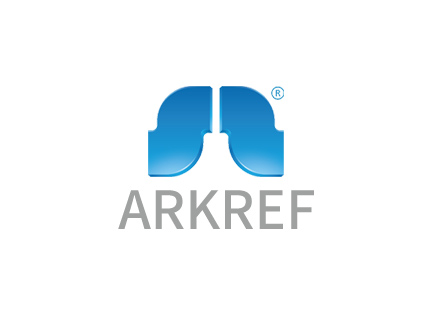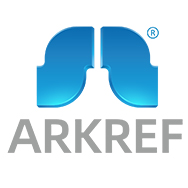How to Pick the Right Chiller for Your Business
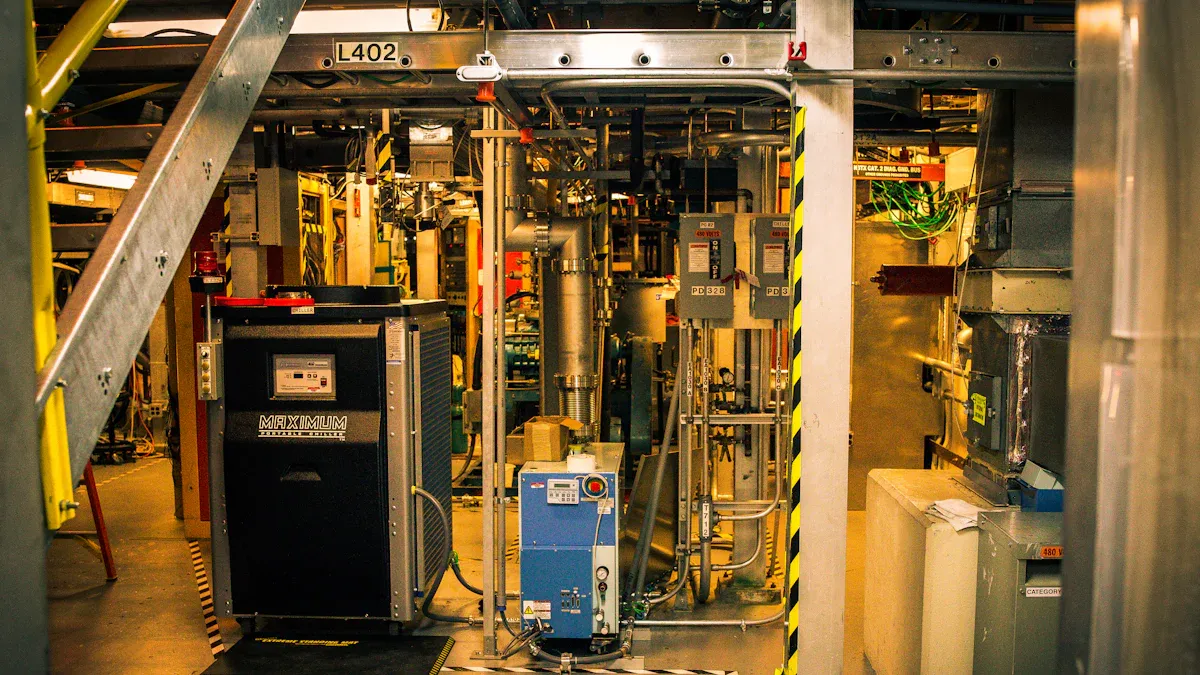
You want your business to work well and save money. Picking the right chiller helps you cool things without wasting energy or cash. A chiller that fits your needs can make things work better and keep your machines safe. If you pick a chiller that matches what you need, you can save money over time and have fewer problems.
The right chiller makes each day easier and keeps your stuff safe.
Key Takeaways
Find out how much cooling you need by checking heat, temperature, and how quickly you want things to cool. - Pick the chiller type that works for your space, water supply, and cooling needs. - Choose a chiller with the right size so you do not waste energy or have problems. - Look for chillers that save energy and have smart controls to help you save money and help the environment. - Think about the future and pick chillers that can grow with your business.
Cooling Requirements
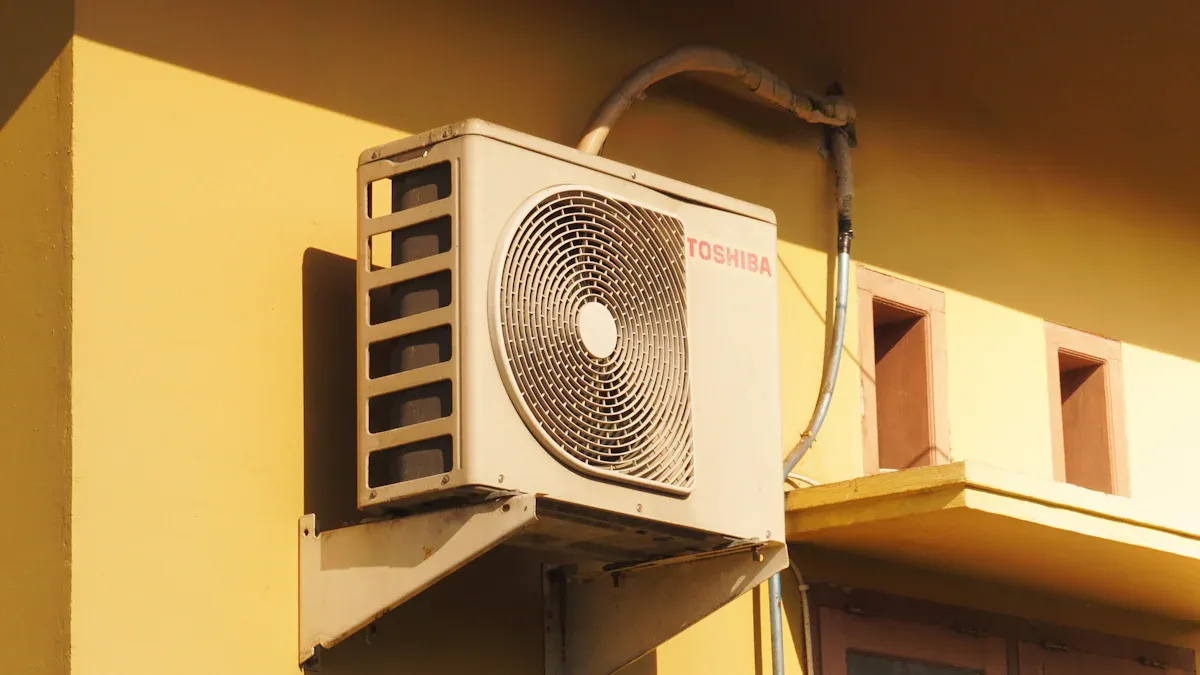
When you pick a chiller, start by knowing your cooling needs. Think about what you want to cool. Decide how cold it should get. Think about how fast you need it to cool down. Each step helps you find the best chiller for your business.
Cooling Load
First, find out how much heat you need to remove. This is called your cooling load. Make a list of all machines, products, or spaces that need cooling. Add up how much heat or energy they make. If you cool liquids or materials, measure how much you have and their starting temperature.
Tip: Many suppliers have online calculators. These tools help you find the right chiller size.
A chiller that matches your cooling load works well. If your chiller is too small, it will run all the time and break faster. If your chiller is too big, you waste energy and money. Always check your numbers before you pick a chiller.
Temperature Needs
Next, decide how cold you need your space or process. Your needs depend on what you are cooling. Some machines need very steady temperatures to work right. Food and drink businesses often need colder temperatures than offices or data centers.
Write down the starting temperature and the goal temperature. The difference tells you how much cooling you need. Some materials, like special paints or films, can reflect sunlight and keep things cooler. This shows that the right materials and cooling can help you reach your goals.
Time Frame
You also need to know how fast you want to cool things. Some jobs need quick cooling. Others can take more time. Planning your cooling time helps you pick the right chiller.
Studies show that smart cooling, like green roofs or special coatings, can cool things fast in cities and factories. These examples show you can plan cooling to fit your schedule. When you know your time frame, you can pick a chiller that meets your needs and saves energy.
Note: Always use supplier calculators or talk to experts. This helps you pick the right chiller for your business.
Chiller Types
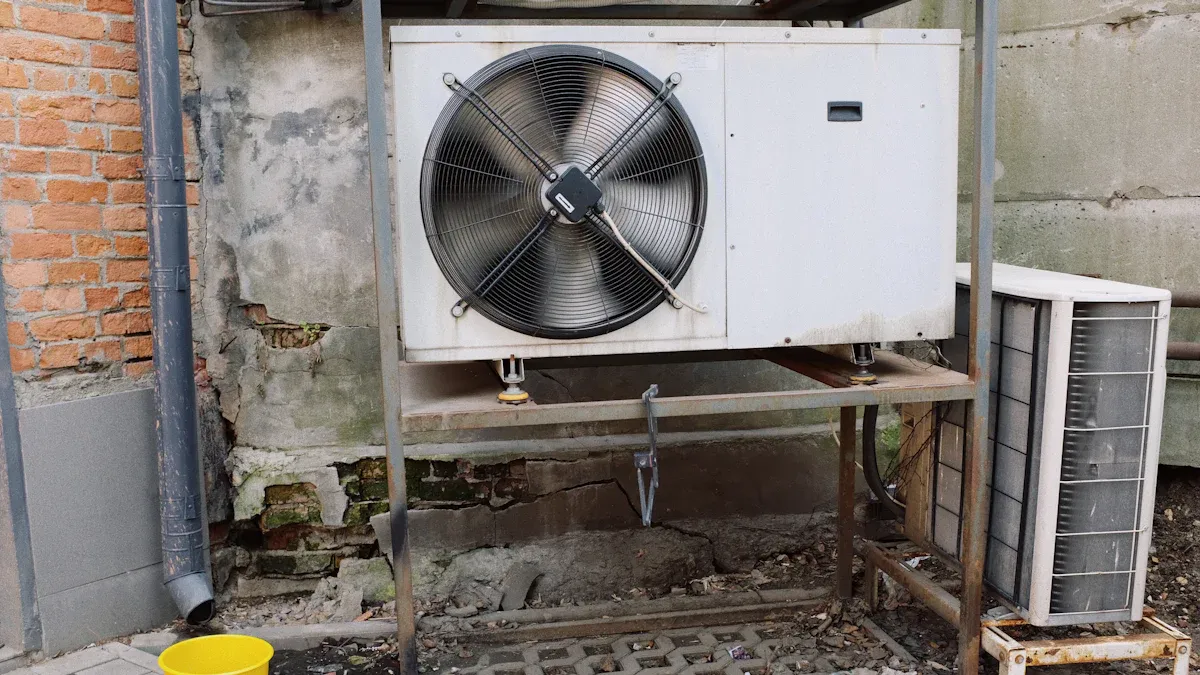
There are different kinds of chillers you can pick for your business. Each kind works best in certain places. If you know what each one does, you can choose the right chiller.
Air-Cooled
Air-cooled chillers use fans to blow air over coils. This takes away heat. You often see these chillers outside or on rooftops. They do not need water, so you save water. Air-cooled chillers are good where water is hard to get or costs a lot. You can set them up fast. They need less care than water-cooled chillers.
Tip: Air-cooled chillers are quiet and fit in small spots. They work well for offices, small factories, or places with little water.
Water-Cooled
Water-cooled chillers use water to move heat away. These chillers need a cooling tower and steady water. They are best for big buildings or factories that need lots of cooling. Water-cooled chillers last longer and use less energy than air-cooled ones. They keep temperatures steady, which helps in food or metal work.
Water-cooled chillers have closed-loop systems. This saves water and money over time.
They have monitors that help you find problems early and keep things working.
Note: When you pick air-cooled or water-cooled chillers, think about your space, water, and costs.
Glycol Chillers
Glycol chillers use water mixed with glycol to cool things. You find them in breweries, wineries, and food plants. Glycol chillers are good in cold places because the fluid does not freeze. They do not rust, so you can use them in tough places like chemical plants.
Chiller Type | Best For | Key Advantage |
|---|---|---|
Air-Cooled | Offices, small spaces | Easy setup, saves water |
Water-Cooled | Large factories | |
Glycol Chillers | Food, pharma, chemical | Freeze protection, durable |
Some chillers are portable. You can move them where you need. Central chillers cool big areas or many machines at once. You can make these systems bigger as your business grows.
Many chillers now use less energy and have smart controls. These features help you save money and keep things running well.
Choosing a Chiller: Key Factors
When you start choosing a chiller, you need to look at several important things. Each factor helps you find the best fit for your business and keeps your cooling system working well for years.
Capacity
Chiller capacity tells you how much heat your system can remove. You measure this in tons. If you pick a chiller with the right capacity, you keep your equipment safe and your business running smoothly. Too little capacity means your chiller works too hard and may break down. Too much capacity wastes energy and money.
To find the right chiller capacity, add up the heat from all machines, products, or spaces you want to cool. Think about any plans to grow your business. If you plan to add more equipment or expand your space, choose a chiller that can handle extra load in the future.
Tip: Many businesses in fast-growing areas like Asia-Pacific plan for expansion. You can do the same by picking a chiller that fits your needs now and later.
Energy Efficiency
Energy efficiency helps you save money and protect the environment. When you compare chillers, look at their efficiency ratings. The most common way to measure this is the Coefficient of Performance (COP). A higher COP means the chiller uses less energy to cool the same amount.
Here are some key metrics you can use to compare chiller models:
Metric Name | What It Means |
|---|---|
cop_thermal | Shows how well the chiller turns heat into cooling (for absorption chillers) |
cop_electric | Shows how well the chiller uses electricity for cooling |
installed_cost_per_ton | Tells you the cost to install each ton of cooling |
om_cost_per_ton | Tells you the yearly cost to run and maintain each ton of cooling |
min_ton / max_ton | Shows the smallest and largest chiller capacity you can choose |
Note: Manufacturers now focus on energy efficiency, smart controls, and green technology. These features help you save on energy bills and meet new rules for the environment.
Space & Noise
You need to think about where you will put your chiller. Some chillers need a lot of space, while others fit in small areas. Air-cooled chillers often go outside or on rooftops. Water-cooled chillers need space for cooling towers and pipes.
Noise can also matter. Some chillers run quietly, which is good for offices or places where people work nearby. Others make more noise and work better in factories or outside.
Make a list of your space and noise needs.
Check the chiller’s size and sound level before you buy.
Installation & Maintenance
Easy installation and simple maintenance save you time and money. Some chillers need special water or extra equipment to work right. Glycol chillers, for example, need the right water quality to prevent rust and damage.
Manufacturers often recommend using clean water and regular checks, especially for glycol systems. This keeps your chiller running longer and helps you avoid costly repairs.
Smart chillers now use sensors and controls to spot problems early. These features help you plan maintenance and avoid breakdowns.
Budget
You need to balance what you spend now with what you will spend later. Chiller cost includes the price to buy and install the system. You also need to think about energy bills, repairs, and maintenance over time.
Look at the installed cost per ton and yearly operation cost per ton.
Choose a chiller that fits your budget but also saves money in the long run.
Many businesses now choose chillers with smart features and green technology. These options may cost more at first but save money over time.
When you plan for the future, think about how your business might grow. Modular and customizable chillers let you add more cooling as you need it. This helps you avoid buying a whole new system later.
Choosing the Right Chiller: Decision Steps
Compare Options
First, make a list of chillers that might work for you. Look at how much each chiller can cool. Check if they use less energy. See if they have special features. You can use a table or checklist to compare them. Smart controls and energy-saving tech are important. These help you save money and follow new building rules. Many chillers now let you watch them in real time. Some can even be checked from far away. These tools help you keep your chiller working well.
Tip: Ask suppliers for technical sheets. These papers tell you what to expect when you buy a chiller.
Request Quotes
Once you have a short list, ask suppliers for prices. Make sure you get the total cost. This should include setup and any extra parts. Some suppliers give deals if you buy more than one. Always check what comes with the price. Ask about warranties and service plans too. This helps you avoid surprises later.
Ask for a list of all costs.
Find out how long delivery will take.
See if the supplier can train your workers.
Check Support
Good support makes picking a chiller easier. Pick a supplier with a good name. Read reviews or talk to other businesses. Good support means you get help fast if there is a problem. Many suppliers now help you from far away. They use smart tools to fix problems. These services keep your chiller working and stop long breaks.
Note: A supplier with a good record can help you fix problems quickly.
Plan for Growth
Think about what you might need later. Many businesses get bigger over time. You may need more cooling as you add machines or space. Suppliers look at market trends to plan for growth. For example:
Central chillers are selling more in South Korea because of new buildings and factories.
Smart chiller panels are getting popular. By 2034, most new systems will have them.
Healthcare and data centers need more cooling as they grow.
Green building rules and new tech make companies upgrade their chillers.
You can pick a modular chiller system. This lets you add more chillers if you need them. Ask your supplier about ways to grow in the future. Planning now helps you avoid big costs later.
If you are not sure, talk to an expert or supplier. They can help you pick the best chiller for your business.
You can make a smart choice by following each step in this guide. Start by knowing your cooling needs. Compare chiller types and check key factors like space and energy use. When you focus on choosing the right chiller, you help your business run better. If you need help, talk to a supplier or use their online tools to get expert advice.
FAQ
What size chiller do you need for your business?
You need to match the chiller size to your cooling load. Use supplier calculators or ask an expert. If you pick the right size, your system works better and saves energy.
How often should you maintain your chiller?
You should check your chiller every month. Clean filters and inspect for leaks. Schedule a full service at least once a year. Regular care keeps your chiller running longer.
Can you use one chiller for different machines?
Yes, you can connect several machines to one chiller. Make sure the chiller has enough capacity for all machines. Ask your supplier for help with setup.
What is the difference between air-cooled and water-cooled chillers?
Air-cooled chillers use fans and work well outside. Water-cooled chillers use water and need cooling towers. Water-cooled models save more energy but need more space and setup.
Tip: Choose air-cooled for small spaces. Pick water-cooled for large factories.
See Also
How To Select The Best Ice Machine For Business
Top Strategies To Improve Walk-In Chiller Performance
Complete Guide To Picking The Perfect Walk-In Cooler
